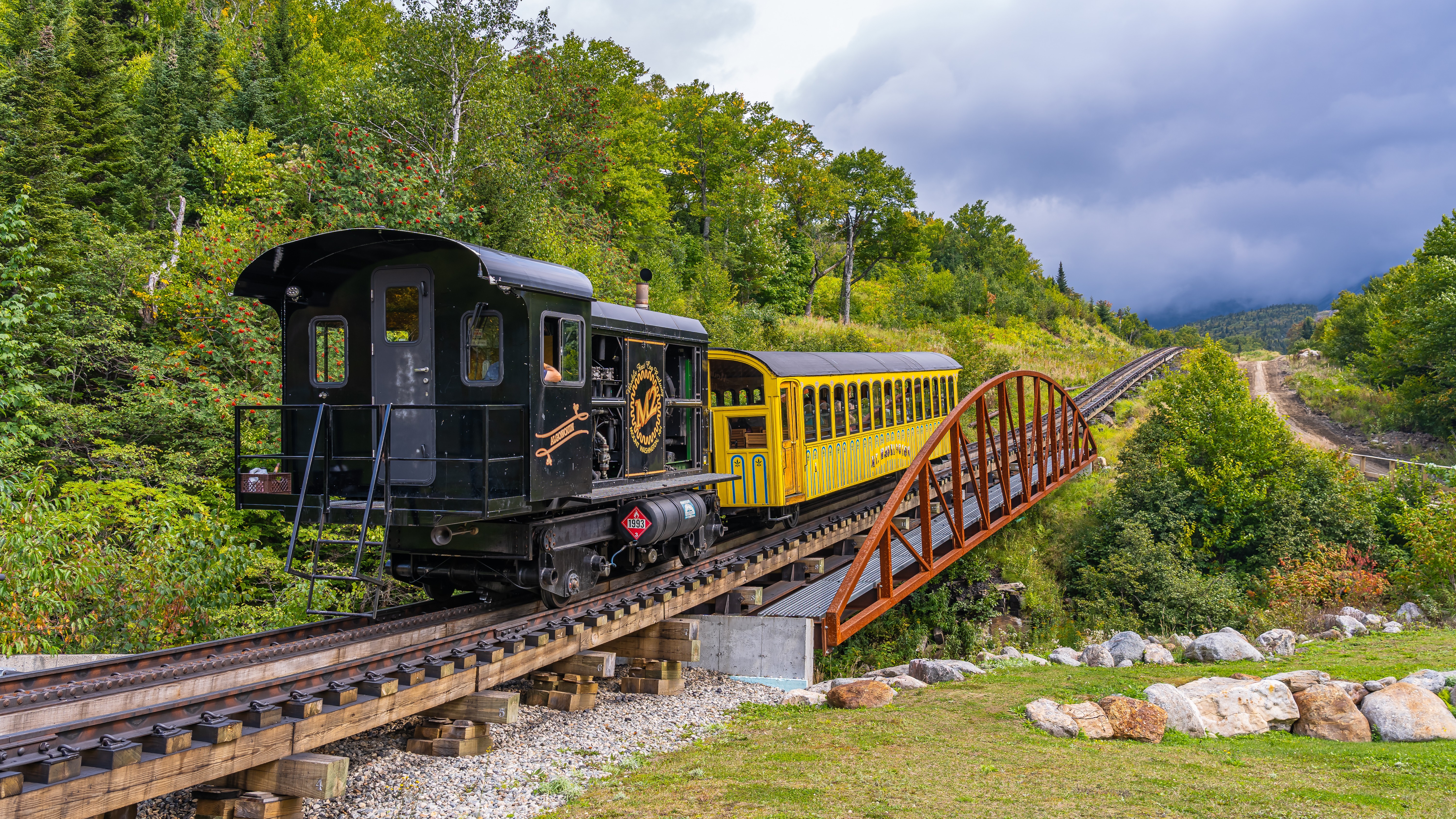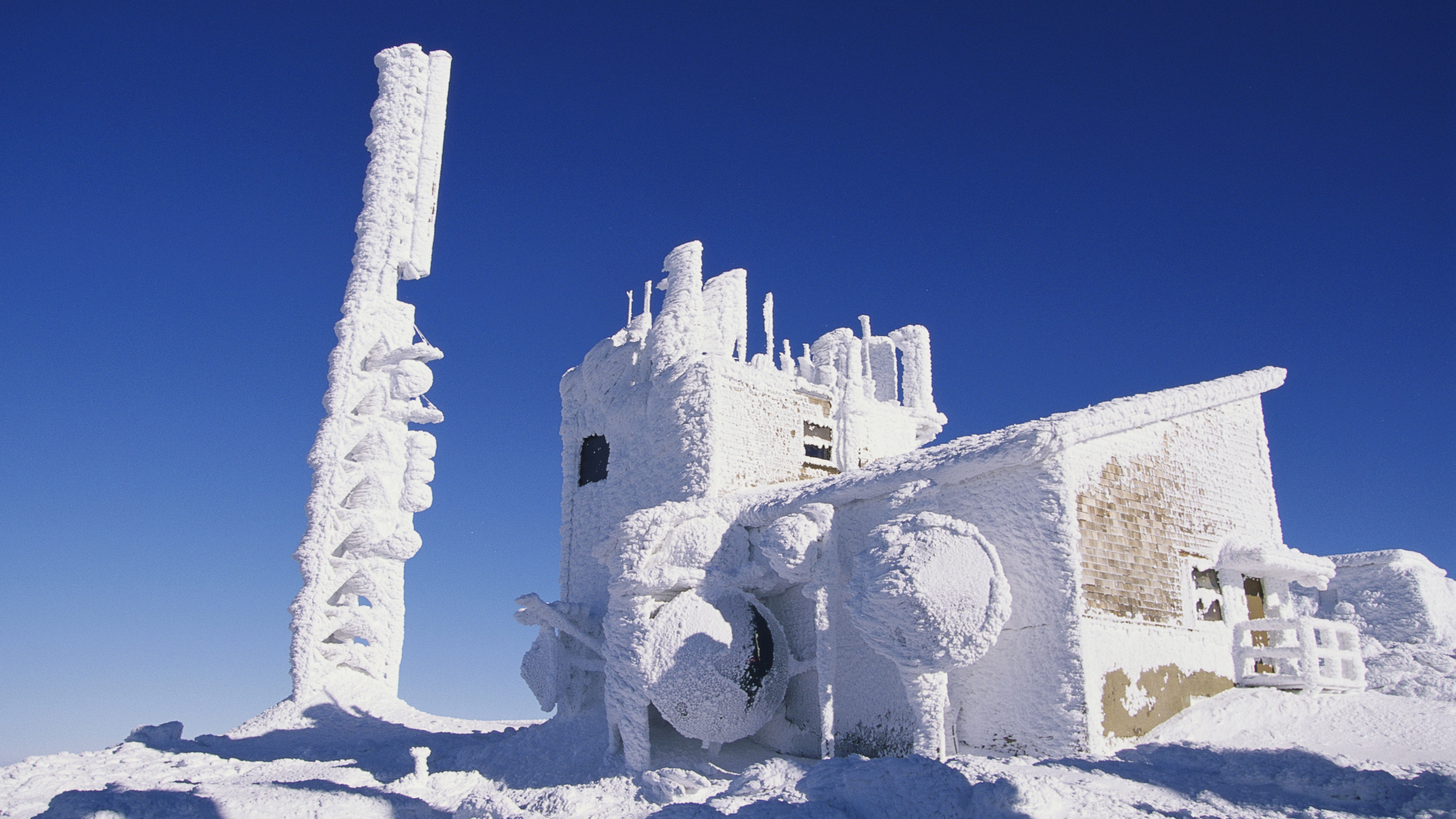Hypothermic hiker rescued by train from Mt Washington in "life threatening" conditions on summer solstice
The woman was unable to move or communicate

A hiker suffering from hypothermia was rescued by train from a Mount Washington trail on the first day of summer.
Officials from New Hampshire Fish and Game report they received a call via 911 at 5pm on June 20 – just a few hours before summer solstice – from a caller stating his wife was "unable to move or communicate."
The hiker, 55-year-old Caroline Wilson from Austin, TX, was located above 5,000ft on the Gulfside Trail, a ridge walk which connects the summit of Mt Washington to the Jewell Trail, and officials describe the weather as "potentially life-threatening."
"Conditions in the higher elevations of the White Mountains were dangerous Friday, with winds reaching 120 mph and 20ºF temperatures during the day on the summit of Mt. Washington," states the NHFG in a report, revealing that teams received "multiple" callouts for hypothermic hikers that day.
Fortunately, Wilson and her husband were located approximately one mile north of the Cog train tracks – which service the train that ferries people almost to the summit of Mount Washington – saving search and rescue crews three miles of hiking.
A Cog train took the first team up at 7pm where rescuers hiked a mile in "high winds and cloudy conditions" to reach Wilson. They attempted to warm the hiker up in a temporary shelter until a second team arrived and transported her back to the Cog train. Wilson was brought down the mountain by train and transported to a medical facility.

Why is Mount Washington so dangerous?
In February, two experienced and well-prepared hikers survived a harrowing rescue on Mount Washington after encountering deep snow. They later said they wished they had packed an emergency shelter – also known as a bothy bog – to keep them warmer and protected.
All the latest inspiration, tips and guides to help you plan your next Advnture!
At just over 6,000ft tall, Mount Washington is less than half the height of many peaks in the Rockies, but it has claimed more lives than any other mountain in the country due in part to having some of the worst weather in the world.
Learn more in our article on what makes Mount Washington so dangerous, and always heed the following advice:
- Check the mountain weather forecast before setting off and be willing to change plans
- Always tell someone where you are going
- Research your route and hike within your ability level
- Wear winter hiking boots for snowy conditions, and carry crampons
- Dress in warm hiking layers and bring a waterproof jacket and rain pants even in windy, dry conditions
- Carry a map and compass (and know how to use them)
- Consider investing in a satellite communicator, such as a Garmin InReach, to call for help when you don't have service
Julia Clarke is a staff writer for Advnture.com and the author of the book Restorative Yoga for Beginners. She loves to explore mountains on foot, bike, skis and belay and then recover on the the yoga mat. Julia graduated with a degree in journalism in 2004 and spent eight years working as a radio presenter in Kansas City, Vermont, Boston and New York City before discovering the joys of the Rocky Mountains. She then detoured west to Colorado and enjoyed 11 years teaching yoga in Vail before returning to her hometown of Glasgow, Scotland in 2020 to focus on family and writing.

